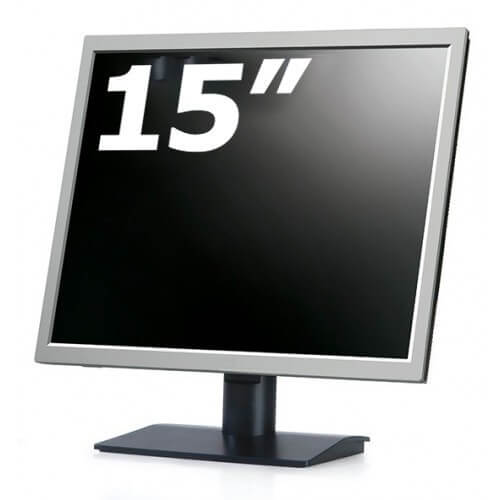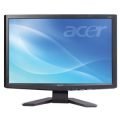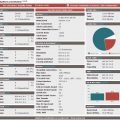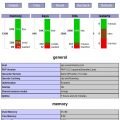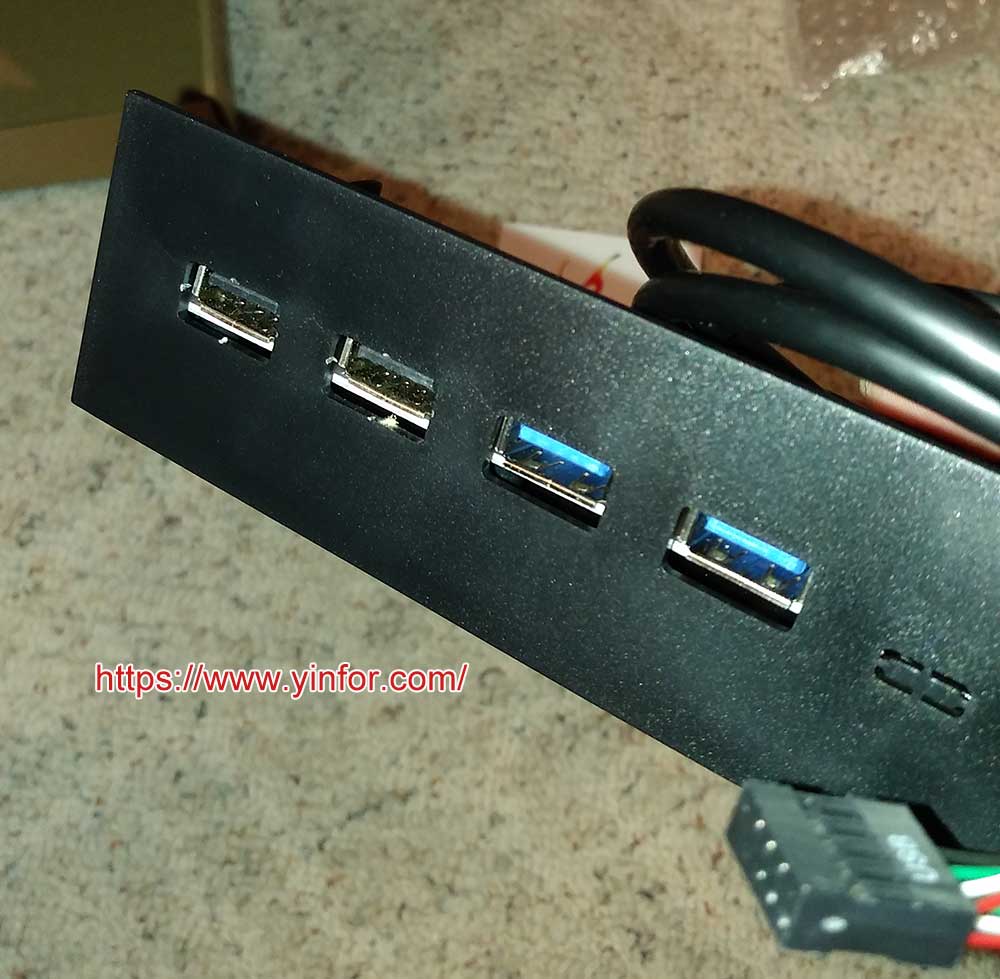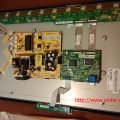The world market for flat panel displays exploded to nearly $38-billion last year with projections of 18-percent growth for each of the next three years. According to the October 1, 2003 issue of Business Economics magazine, few – if any – markets this size are growing at such high and sustained rates. The reasons are obvious. Flat panel monitors employ TFT (Thin Film Transistors) technology that creates gorgeous images. And the attractive, thin-bezel design has captured the imagination of everyone who values style and substance. Consequently, virtually everyone is abandoning their CRT monitors and racing to buy flat panels – and prices are dropping fast. To help you decide which sleek, ultra stylish flat panel monitor fits your needs, our editors have compiled this handy (it’s even easier than plug and play!) LCD flat panel buying guide.
We’ll keep it as simple as possible. Two major rules apply, and there are some secondary considerations. In a nutshell, let your eyes be the most persuasive factor in your decisions and choose the biggest screen size you can afford:
What You See is What You Should Get (If You Love it!) And, of Course, if it Fits Your BudgetWhen it comes to flat panel monitors, the eyes have it. If you love what you see, then give it serious consideration. After all, you are shopping for an LCD because you it gives you richer, sharper images than your CRT, as well as a stylish contemporary, space-saving design. When it comes to monitors, image is everything.
Bigger is Better When it Comes to Flat Panel LCDs
You might find some great deals on 15-inch LCD flat panel monitors, but that’s because they’re disappearing fast. 15-inches is now almost the default measure for notebooks, so discerning desktop users need a bigger canvas for optimum performance. Nonetheless, a high quality 15-inch monitor makes an excellent spare monitor, or a decent primary unit if budgetary concerns are your primary motivator. However, the difference in price between a 15-inch and 17-inch monitors is only about $100, and you will see an incredibly better panorama with the larger unit. And believe us, you will ultimately be replacing your 15-inch monitor in favor of a larger screen. If you have some wiggle room in your budget, it’s a good idea to select a 19-inch monitor – you will see some really spectacular images and will not regret your decision. And both 17-inch and 19-inch monitors usually offer 1280 x 1024 resolutions. So, if you connect both sizes into the same PC you’ll find slightly larger, easier-to-read images on the larger monitor.
A Few Words About Price
Like most products, LCD flat panel monitors come in a wide variety of prices. You can easily spend more than $1,000 on one of the higher-end models. Some monitors may have identical specifications yet carry big price tag differences. This can be due to a difference in quality components. They can vary in brightness, contrast and many other areas. Check out the monitors in a huge store with a full wall of LCD flat panel models and you will notice huge disparities in screen quality. Always remember, the eyes have it! If the screen you’re considering looks better than the others, has excellent specifications and fits within your budget, go for it!
Because there are so many models to choose from, it’s impossible for us to make specific recommendations. Consider such factors as resolution – the higher the better – and response time – expressed in ms (anything from 12ms on up, with 12ms being the quickest response time available today). To sum it up, let your visual impression be your guide, select a monitor made by a respected manufacturer and seller, choose the largest screen size you can afford, and pay attention to specs such as resolution and response time (brightness, contrast, pixel pitch are other important considerations (with these variables, the higher numbers are best))
